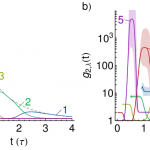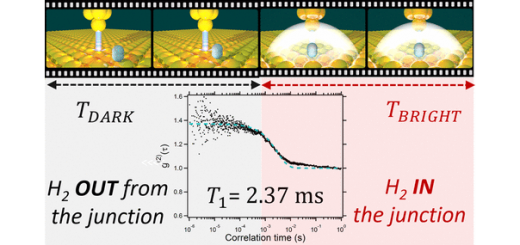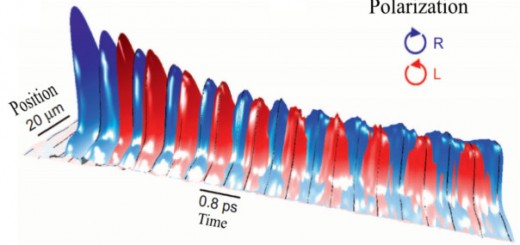Quantum Statistics of Bosonic Cascades

A bosonic cascade, in population (a) and photon correlation (b). Superbunching plateaus are observed as the condensate falls through the cascade.
Article: published in New Journal of Physics by Fabrice P. Laussy, Department of Theoretical Condensed Matter Physics and IFIMAC researcher.
Quantum cascade lasers brought a new architecture of light-amplification to laser engineering, allowing a single electron to trigger several photons by falling down a staircase of intersubband transitions. This inspired a similar design with fully bosonic systems [Phys. Rev. Lett., 110:047402, 2013] by confining Bose condensates in a parabolic trap. Such designs may have applications in the THz range. In these so-called bosonic cascades, the amplification of the signal had been studied at the level of its intensity only, leaving aside other important features of lasing such as the photon statistics of the emitted light. Recently, we have studied this aspect and found that the cascading results in strong correlations. Namely, the photons exhibit super-bunching, i.e., tend to be cluttered together. Our study reveals unsuspected aspects of photon correlations in such systems, for instance their magnitude, that grows in ideal conditions like the exponential of the population, and populations can easily be of the order of millions of particles. Also that two photons only are required to reach an arbitrary high bunching. Our text shows that bosonic cascades are new players in optics, with potential not only in hard-of-access frequency windows but also in photonics where unconventional photon states are called for. [Full article]



















